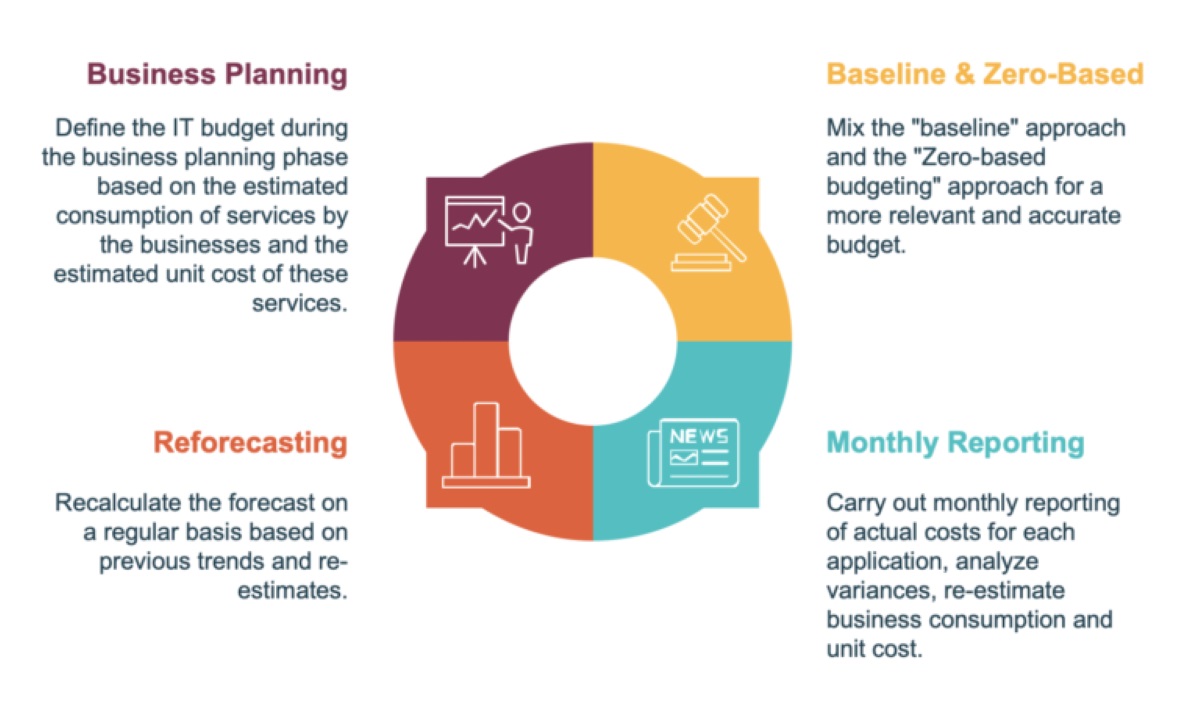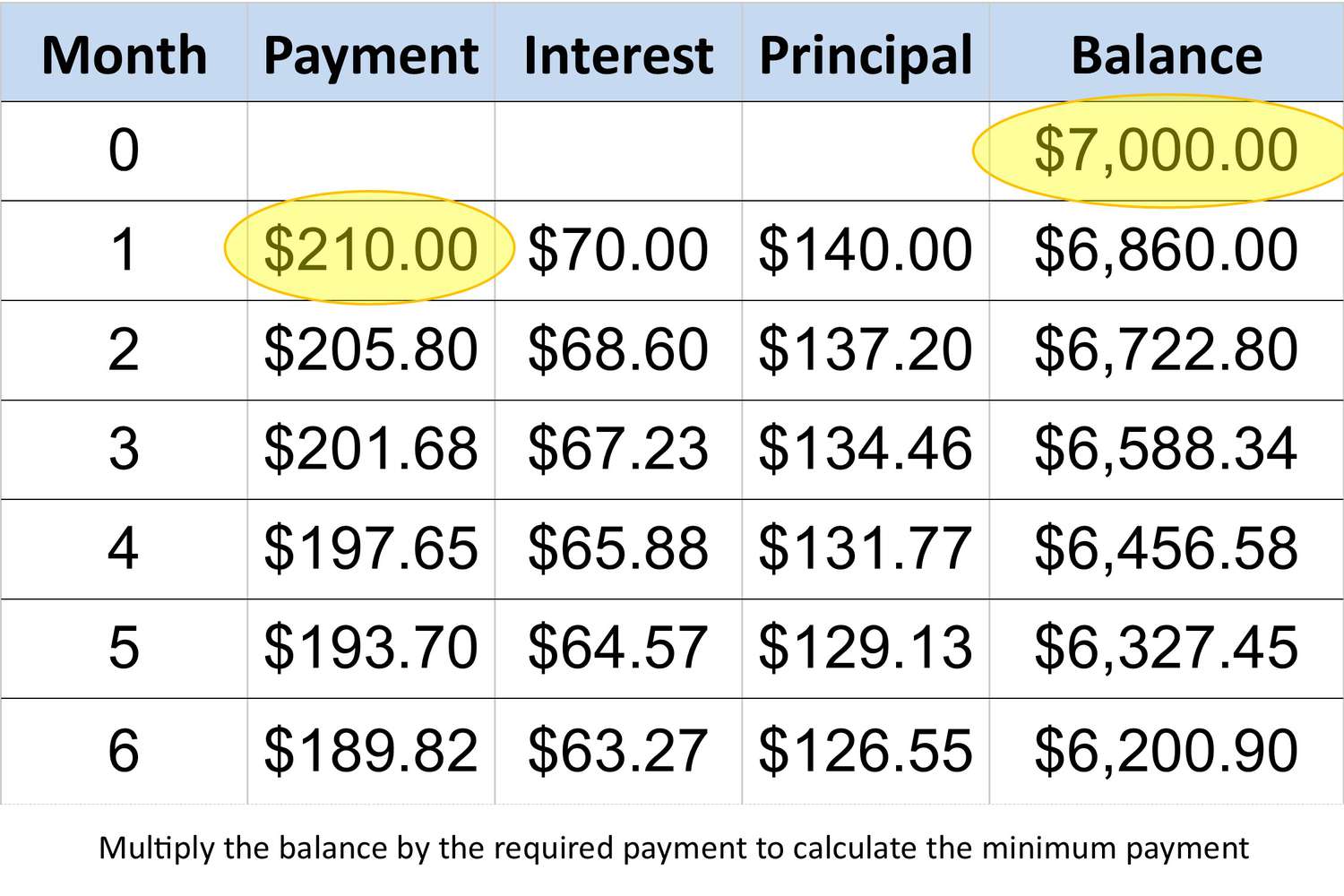Home>Finance>Liquid Market: Definition, Benefits In Trading, And Examples


Finance
Liquid Market: Definition, Benefits In Trading, And Examples
Published: December 18, 2023
Discover the meaning and advantages of a liquid market in finance. Learn how it impacts trading and explore real-life examples.
(Many of the links in this article redirect to a specific reviewed product. Your purchase of these products through affiliate links helps to generate commission for LiveWell, at no extra cost. Learn more)
Liquid Market: Definition, Benefits in Trading, and Examples
When it comes to investing and trading in the financial markets, there are various terms and concepts that one needs to be familiar with. One such term is a liquid market, which plays a crucial role in determining the ease and efficiency of buying or selling assets. But what exactly is a liquid market, and how does it impact traders and investors? In this article, we will explore the definition of a liquid market, discuss its benefits in trading, and provide some examples to illustrate its importance.
Key Takeaways:
- A liquid market refers to a financial market where there is a high volume of trading activity and a large number of buyers and sellers.
- A liquid market offers several benefits to traders, including tighter bid-ask spreads, reduced price volatility, and quicker execution of orders.
So, what is a liquid market?
A liquid market, in simple terms, refers to a financial market where there is a high volume of trading activity and a large number of buyers and sellers. In such a market, assets can be easily bought or sold without significantly affecting their prices. The liquidity of a market is typically determined by the depth of its order book and the efficiency of its trading infrastructure.
Now that we understand the definition, let’s explore some of the benefits that a liquid market offers to traders:
Benefits of a liquid market in trading:
- Tighter bid-ask spreads: In a liquid market, the difference between the highest price a buyer is willing to pay (bid) and the lowest price a seller is willing to accept (ask) tends to be narrower. This tighter spread allows traders to enter and exit positions at more favorable prices, reducing transaction costs.
- Reduced price volatility: Liquidity helps to dampen price fluctuations by ensuring that there are enough buyers and sellers in the market. This stability allows traders to analyze price patterns more effectively and make informed trading decisions.
- Quicker execution of orders: In a liquid market, there are typically enough market participants willing to buy or sell at any given time. This abundance of willing participants results in faster order execution, enabling traders to enter or exit positions without significant delays.
Examples of liquid markets include major stock exchanges like the New York Stock Exchange (NYSE) and NASDAQ, where thousands of companies are listed, and trading volumes are consistently high. These exchanges provide investors with a wide range of investment opportunities and the ability to quickly buy or sell shares.
In the foreign exchange (Forex) market, major currency pairs such as EUR/USD, GBP/USD, and USD/JPY are considered highly liquid. Traders in the Forex market can execute large trades without significantly impacting the exchange rates due to the market’s high liquidity.
In the bond market, liquid markets are essential for government bonds, as they provide investors with easy access to fixed-income securities. Bond markets with high liquidity allow for smoother trading and better price discovery.
Conclusion
A liquid market plays a vital role in the financial world, benefiting traders and investors alike. With tighter bid-ask spreads, reduced price volatility, and quicker order execution, trading in a liquid market becomes more efficient and cost-effective. It is important for market participants to understand the concept of liquidity and its impact on their investment strategies. By grasping the benefits and examples of liquid markets, traders can make more informed decisions and navigate the financial markets with confidence.














